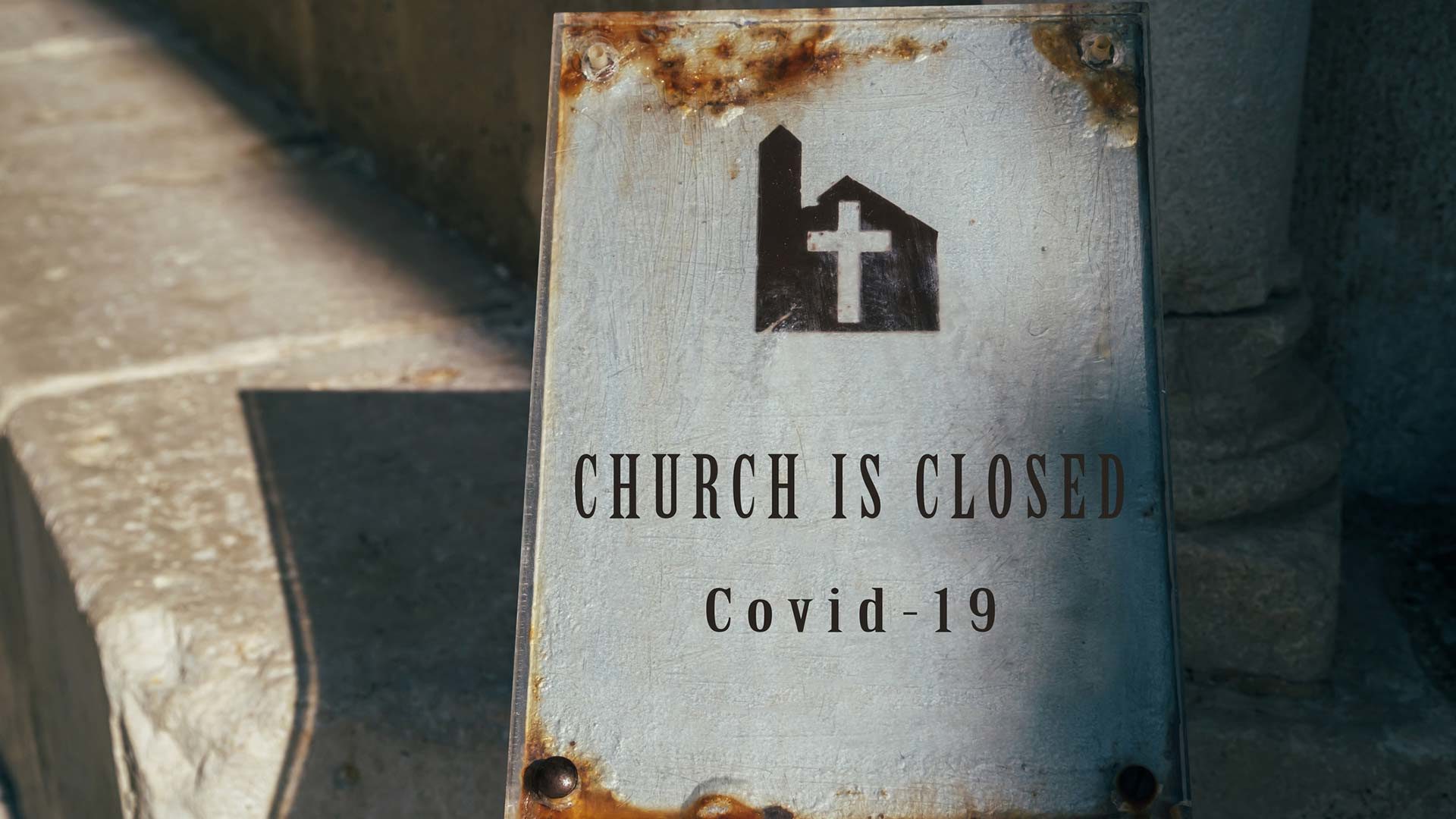The Story: A new survey finds significant racial and ethnic differences in the perceived safety of attending religious services during the COVID-19 pandemic.
The Background: According the survey conducted by Pew Research in mid-July, nearly three-quarters of white adults (72 percent) who report they regularly attend religious services say they are “very” or “somewhat” confident they could safely attend in-person services right now at their regular house of worship without spreading or catching the coronavirus. By contrast, around half of black (49 percent) and Hispanic (51 percent) Americans who are similarly observant express such confidence. The other half of black and Hispanic attenders say they are “not too” or “not at all” confident they could safely go to in-person religious services right now without spreading or catching the virus.
(In this survey, regular religious service attenders are defined as those who said in a 2019 survey that they typically attend services at least once or twice a month or say in the new survey that they attended in-person services in the last month.)
Black and Hispanic worshipers also are less likely than their white counterparts to say they have actually gone to church or another house of worship recently. About one in five black adults (19 percent) who typically attend religious services at least monthly (according to the 2019 survey) say they have gone to in-person services in the past month, and one-in-four Hispanic worshipers (24 percent) report having done so. By comparison, 39 percent of white worshipers say they attended in-person services in the last month.
Black and Hispanic attenders are far more likely than white attenders to say their own congregation should be closed for in-person services: About four-in-ten black (42 percent) and Hispanic attenders (37 percent) say this, compared with 21 percent of white attenders. Among white attenders, a majority (63 percent) think their congregation should be open for in-person religious services with modifications (such as social distancing, mask requirements or limited attendance), while much fewer black (44 percent) and Hispanic (51 percent) attenders say this is the right option for their congregations.
Why It Matters: Why is there such a racial and ethnic divide about how churches should respond to the pandemic? Perhaps because, for too many Americans, how they respond to the COVID-19 crisis is based on political party affiliation—which is often divided along racial and ethnic lines.
When it comes to registered voters, about one-third (34 percent) identify as independents, one-third (33 percent) as Democrats, and almost one-third (29 percent) as Republicans. Yet white evangelicals are overwhelmingly Republican or lean Republican (78 percent), while black voters remain overwhelmingly Democratic (84 percent identify with or lean toward the Democratic Party), as do Hispanics (63 percent identify with the Democratic Party or lean Democratic, compared with 28 percent who identify as or lean Republican).
When it comes to the pandemic, more than eight-in-ten Democrats and those who lean toward the Democratic Party (85 percent) say the coronavirus is a major threat to the health of the U.S. population. Republicans and Republican-leaners see the disease in less serious terms, with about as many Republicans say the coronavirus is a major threat to public health (46 percent) as say it is a minor threat (45 percent).
The fact that COVID-19 has already become the third-leading cause of death in America (behind only heart disease and cancer) and people still do not consider it a “major threat to public health” shows how partisan tribalism has made many Americans dangerously benighted. It also reveals a shockingly obtuse level of racial insensitivity since the death rates among black and Hispanic people are much higher than for white people.
As the CDC data reveals, in every age category, black people are dying from COVID at roughly the same rate as white people more than a decade older: death rates among black people between 45-54 is higher than for white people aged 55-64; death rates among black people between 55-64 years are higher than for white people aged 65-74; death rates among black people aged 65-74 than for whites aged 75-84; and death rates among black people between 75-84 higher than for whites age 85 and older.
To better understand this alarming fact, consider the age category of 45-54. Whites compose 62 percent of people in that age group, and as of mid-June 1,013 white people have died from COVID-19. In comparison, 1,448 black people and 1,698 Hispanic people in that age group also died from the coronavirus—a rate six-times higher than for whites.
How should this information affect local churches, especially multiethnic churches? We should be listening to our black and Hispanic brothers and sisters who are worried about their safety. They not only appear to be more aware of the public health science around COVID-19, but they are being disproportionately affected by the disease.
A common complaint about multiethnic churches is that the white Christians and church leaders in such congregations tend to expect minorities to assimilate to their preferences, especially when it comes to worship and instruction. The current crisis provides an opportunity for white Christians to set aside our preferences and heed the misgivings of other racial and ethnic groups. We can show we love our black and Hispanic believers enough that we’ll respect—and even prioritize—their concerns about safely returning to in-person worship services.
